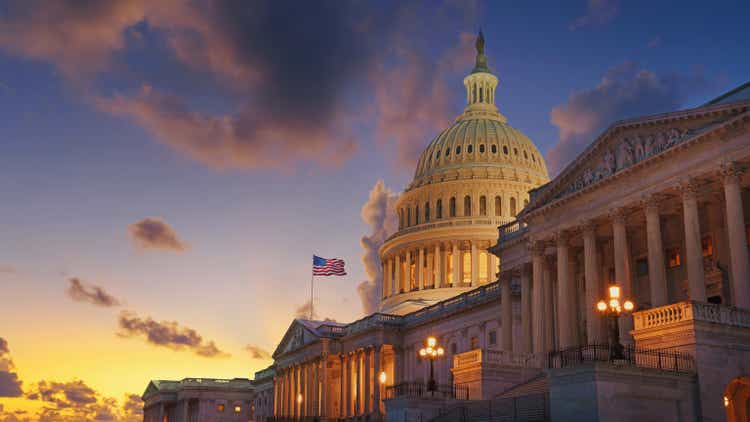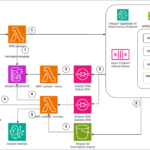
FotografieLink/iStock via Getty Images
Get ready for Day 2 of testimony from Fed Chair Jerome Powell. Fresh off an appearance before the Senate Banking Committee, the central bank leader will sit before the House Financial Services Committee, with many investors watching his every word on rates, the current environment, and clues about upcoming policy. There is a lot to digest ahead of the big show, which will take place at 10 AM ET.
Recap: The Fed is definitely inching closer to cutting rates due to the “considerable progress” that has been made in taming inflation. However, policymakers still need to be reassured that inflation is moving sustainably toward their 2% goal, meaning a rate cut later this month is likely out of the cards. It might be unsurprising given a similar narrative the Fed has declared for much of the past year, but WSB subscribers were early to flag this in the latest SA Sentiment Survey on Monday, assigning only a 1% chance the FOMC cuts in July, compared to the 8% seen last month.
“Reducing policy restraint too late or too little could unduly weaken economic activity and employment,” Powell declared, outlining the importance of “carefully assessing” the incoming data, their implications, and the balance of risks. As such, the majority of WSB subs (45%) forecast the first rate cut will happen in September, up from 37% seen in June (see all the latest SA Sentiment figures here). Rate cut chatter on Capitol Hill also helped the S&P 500 (SP500) notch a fresh closing high, marking the index’s 36th record of 2024.
Not the only risk: The semiannual update on monetary policy also contained the Fed’s outlook on the broader economy after somewhat of a slowdown that saw 206K jobs added in June, with the unemployment rate rising to 4.1%. The labor market is “pretty much” where it was in the pre-pandemic era regarding demand-supply dynamics, Powell added, but the FOMC would respond if it witnesses unexpected weakening. “We’ve seen that the labor market has cooled really significantly across so many measures… It’s not a source of broad inflationary pressures for the economy now.”










